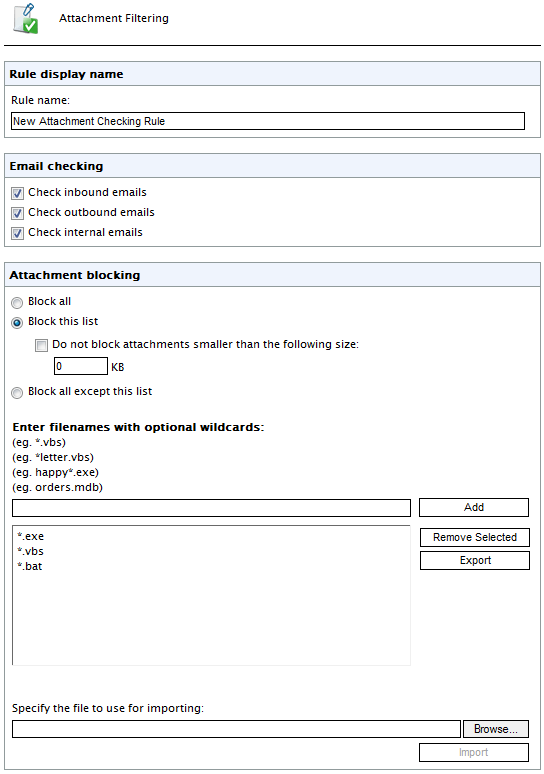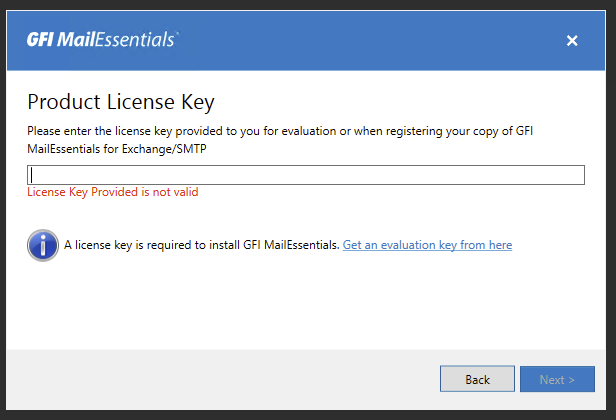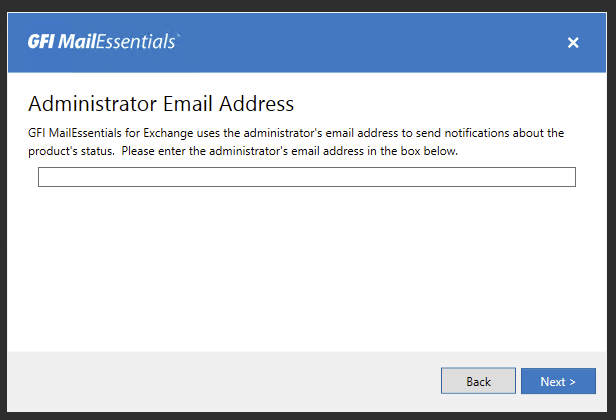

So before employee X left, they went into the IIS settings and removed all the bindings for the default website, and it's quite possible the back-end website and uninstalled GFI MailEssentials. We are also using GFI MailEssentials as an added email filter, also installed on the same server. We have a single on prem exchange 2016 server updated with the most recent CU installed for Windows Server 2016. I'm wondering if this is indicating some sort of email loop.I have been tasked with resolving an issue a disgruntled x employee created on their way out the door. One strange item I should mention is that the admin mailbox is receiving notification of messages blocked in GFI that have the SPAM tab appended in the subject line numerous times. They receive a significant amount of junk mail and they're practically crippled if that all makes it to the inbox.

Also, keeping GFI disabled permanently is really not an option. We really need some help in narrowing down where this issue lies. I'd like to add that now EXmon will not run, but crashes.Įven at this point with GFI services disabled, the server is extremely difficult to work on and takes forever to get anywhere to do anything. We had that user remove the Activesync account from the phone and close the mailbox from Outlook 2013. We loaded Exmon and did find that one user was almost always at the top of the list of Store.exe CPU utilization. We've disabled the GFI service and that does provide a small amount of relief, but the server still spikes to 100% enough to cause delays in mail flow. We've disabled GFI MailEssentials by pulling the transport rules out of Exchange (they have a utility to do this).

Mostly it's GFI processes, Store.exe, W3wp.exe, Activesync users are reporting slowness and it's taking 30+ minutes to receive local or internet emails. It is not a single process causing the server to become terribly slow. The server is pegged at 100% CPU by various processes. It is also running GFI MailEssentials for SPAM control. Single Exchange server running all roles except UM. We have a Server 2008 R2 Sp1 Hyper-V virtual machine: 4 vCPU's, 16 GB RAM.


 0 kommentar(er)
0 kommentar(er)
